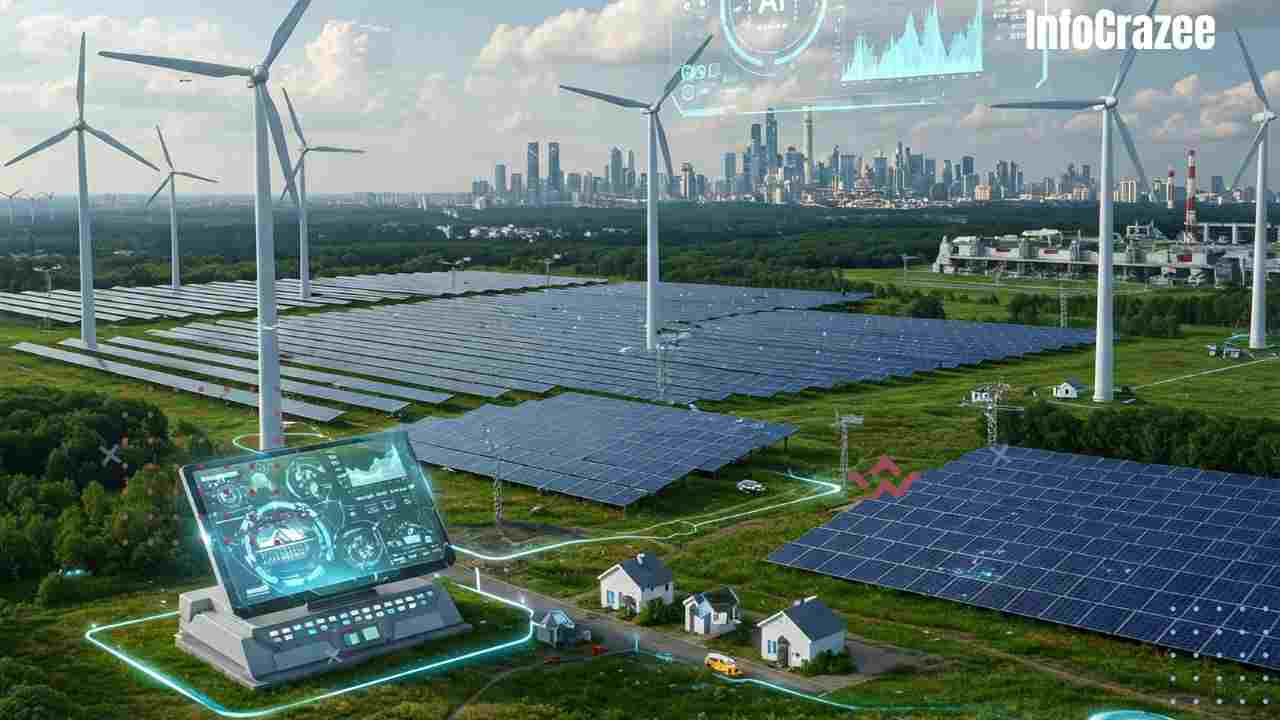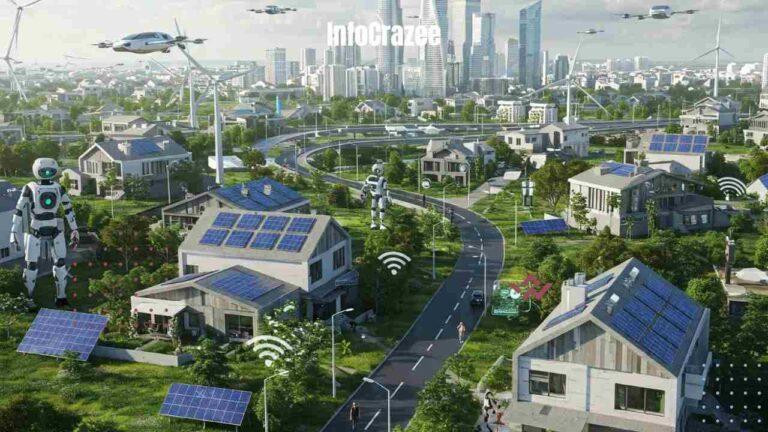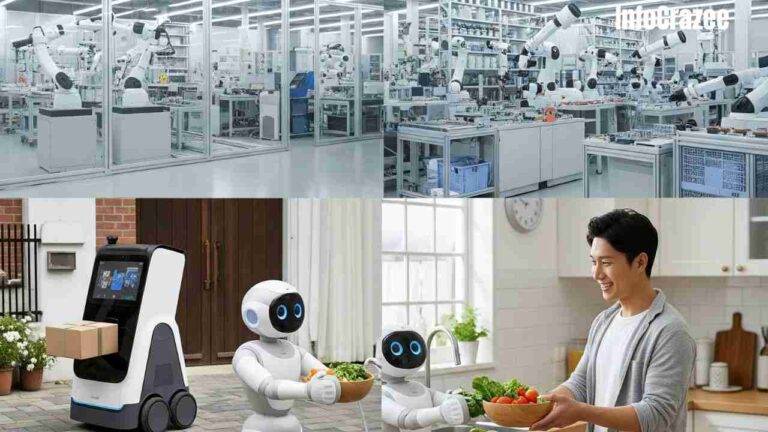The Future of Energy: Smart Tech Changing How We Power the World
Imagine waking up, and your coffee maker has already brewed your favorite blend using solar power stored from yesterday’s sunshine. Your home adjusts the temperature based on your habits, and your electric car charged overnight at the lowest electricity rate possible. This isn’t a sci-fi movie — it’s the future of energy, and it’s happening right now.
Smart technology is changing how we produce, use, and think about energy. From homes and cities to farming and factories, energy is getting smarter, cleaner, and more efficient.
Let’s break it down in a way that’s easy to understand (and maybe a little exciting too!).
What Is Smart Energy Tech, Anyway?
In simple terms, smart energy tech uses digital tools — like sensors, software, and automation — to make energy use more efficient and eco-friendly. It’s all about using less power, wasting less, and getting more control.
Think of it like upgrading from an old flip phone to a modern smartphone. You still make calls, but now you can do a whole lot more, smarter and faster.
How It’s Changing the Way We Power Our Lives
Here’s where smart energy tech is already making a big difference:
1. Smarter Homes
Smart homes aren’t just about voice assistants and fancy thermostats. They’re about energy savings that you can actually feel on your bill.

- Smart thermostats like Nest or Ecobee learn your schedule and adjust heating or cooling automatically.
- Solar panels + smart inverters can decide when to use stored solar energy or send it back to the grid.
- Energy monitoring apps show you exactly how much power each appliance uses, helping you cut down without guessing.
Real-life tip: If you’re tired of sky-high electricity bills, even a simple smart plug can help you track energy use and turn off devices remotely.
2. Smarter Cities
Cities around the world are turning into “smart cities,” using data and tech to cut energy waste and pollution.

- LED streetlights that only turn on when someone is nearby.
- Smart traffic systems that reduce idling time and save fuel.
- Community solar projects that let renters or apartment dwellers share clean energy.
Story from the street: Barcelona uses smart lighting that dims when no one’s around and brightens when motion is detected — saving energy and money while keeping people safe.
3. Smarter Grids
The energy grid — the system that delivers electricity to our homes — is also getting a big upgrade.
- Smart grids can handle renewable sources like wind and solar more smoothly.
- Energy storage like big batteries helps keep power flowing even when the sun isn’t shining.
- AI-powered forecasting predicts energy needs and weather, so we can better match supply and demand.
This means fewer blackouts, faster recovery after storms, and more consistent energy for everyone.
4. Electric Vehicles (EVs) and Charging Networks
Electric cars are more than just quiet and clean. They’re becoming part of the smart energy system.
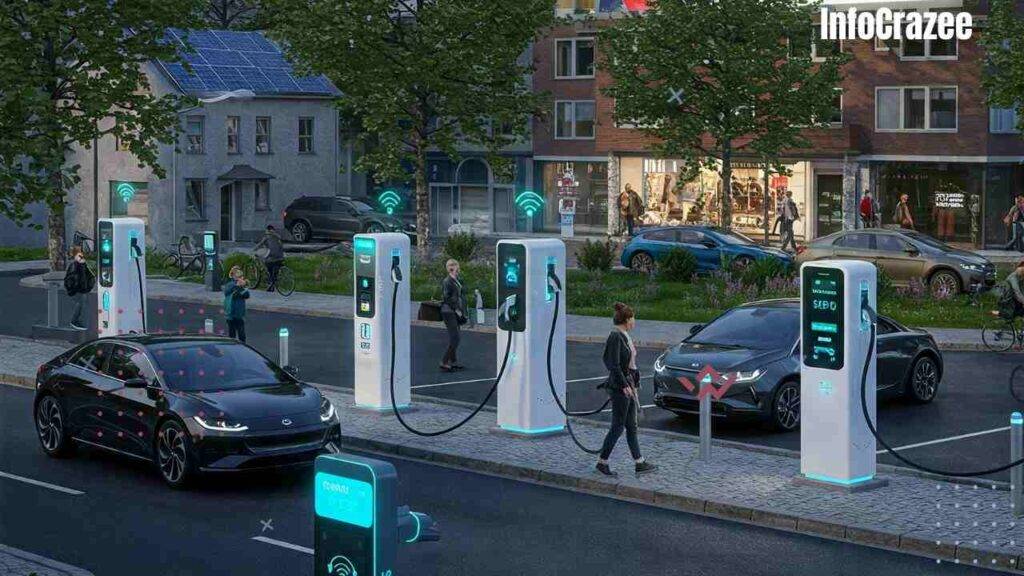
- Some EVs can give power back to your home when needed (this is called vehicle-to-home or V2H tech).
- Smart chargers adjust charging times based on energy prices, saving money.
- Public charging stations are popping up everywhere — some even powered by solar panels.
Quick fact: In places like Norway, more than 80% of new cars sold are electric. That’s a glimpse of the road ahead.
5. Green Energy for Businesses
Businesses are using smart tech to lower costs and shrink their carbon footprints.
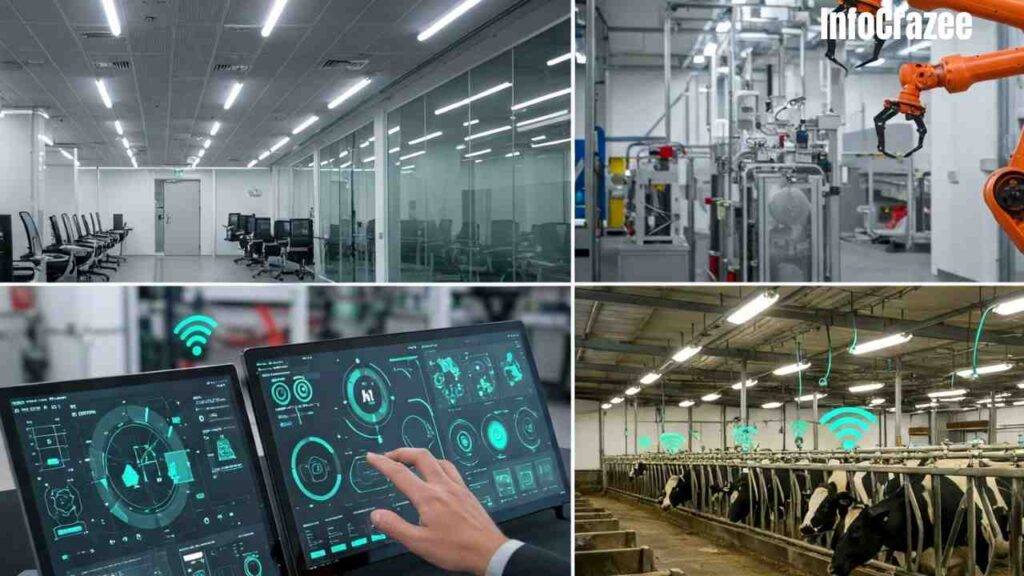
- Smart lighting and cooling systems in office buildings.
- AI-driven energy management in factories.
- Remote monitoring of energy use on farms and construction sites.
Example: A dairy farm in California installed smart sensors to control ventilation and lighting, cutting energy use by 30% — and keeping the cows comfortable.
What This Means for You
You don’t need to be a tech expert to benefit from smart energy. Whether you own a home, rent an apartment, or run a small business, here’s how you can get started:
- Switch to LED lights — simple but powerful.
- Try a smart thermostat — it pays for itself over time.
- Look into solar panels or community solar if you can.
- Monitor your usage with apps like Sense or Home Assistant.
- Consider an EV if you’re car shopping — incentives can help make it affordable.
The Road Ahead: Clean, Smart, and Shared
The future of energy isn’t just about fancy gadgets. It’s about cleaner air, lower bills, and a more reliable power system. With smart tech, we can all play a part — whether by installing solar panels, driving electric, or simply unplugging devices we’re not using.
Energy is no longer something that just “happens” in the background. We’re starting to control it, understand it, and even share it. That’s not just smart — that’s powerful.
FAQs
1. What is the biggest benefit of smart energy tech?
The biggest benefit is efficiency — using less energy to do more. This helps save money, reduce pollution, and create a more reliable power system.
2. Can I use smart energy tech if I rent my home?
Absolutely! You can use smart plugs, LED bulbs, portable solar chargers, and energy tracking apps — all renter-friendly options that don’t require major changes.
3. Is smart energy tech expensive to start with?
Some tools (like smart thermostats) may cost a bit upfront, but they often pay for themselves through savings. Many areas also offer rebates or tax credits to help you get started.
At infocrazee, we believe the future of energy should be simple, smart, and sustainable — and it starts with everyday choices. Whether you’re switching off lights, installing solar, or just getting curious about where your energy comes from, you’re part of the solution.
